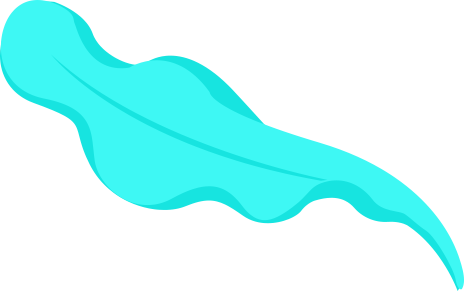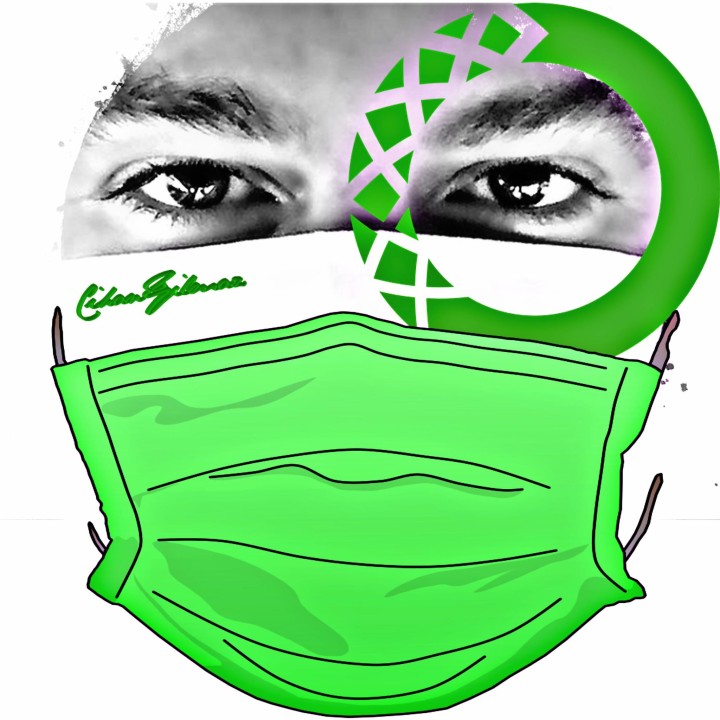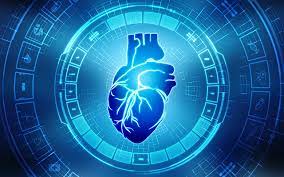
Multilabel Classification in Machine Learning
Hello everyone… I found a dataset not long ago from Alexey Grigorev free ML course, it’s pretty interesting check out the course here , and the link to the dataset...
Read More






Published on May 09, 2022 by Gift on print('CNNs')

Hello 👋🏿 Today I’m going to show you how I made a software that can detect if a person is wearing facemask or not using Convolutional Neural Networks (CNNs)
CNNs is a class of Artificial Neural Networks that is most commonly applied to analize visual imagery. CNNs are used commonly in image and video recognition, recommender systems, image classification, image segmentation, medical image analysis, natural language processing, brain–computer interfaces, and financial time series.
CNNs were inspired by biological processe, in that the connectivity pattern between neurons in a CNN resembles the organization of the animal visual coretx.
There a lot more to CNNs you can read more on wikipedia
Now we’re going on to CNNs and face mask detection.
IMPLEMENTATION
we’ll start by importing the modules we need for this project
#import libraries
from keras.preprocessing.image import ImageDataGenerator
from keras.models import Sequential
from keras.layers import Conv2D, MaxPooling2D, Flatten, Dense,Dropout
from keras.callbacks import ModelCheckpoint
then we initialize our cnn model using tensorflow keras Sequential which is basically just a linear stack of layers, so if the model is training, he layers are going to be implemented step by step in the order in which they are written down (sequentially)
the first layer is the Conv2D layer (a 2D convolutional layer) the activation function used is the “rectified linear unit”
The MaxPooling2d just show that the convolutional layer has a stride of 2 pooling is done to fix the problem of overfitting in CNNs by “down sampling”
model =Sequential([Conv2D(100, (3,3), activation='relu', input_shape=(150, 150, 3)),
MaxPooling2D(2,2),
Conv2D(100, (3,3), activation='relu'),
MaxPooling2D(2,2),
Flatten(),
Dropout(0.5),
Dense(50, activation='relu'),
Dense(2, activation='softmax')])
model.compile(optimizer='adam', loss='binary_crossentropy', metrics=['acc'])
now that we’re done with the model we have to collect our data to train the midel with and a test dataset for validating
TRAINING_DIR = "./train"
#Augmentation configuration
train_datagen = ImageDataGenerator(rescale=1.0/255,
rotation_range=40,
width_shift_range=0.2,
height_shift_range=0.2,
shear_range=0.2,
zoom_range=0.2,
horizontal_flip=True,
fill_mode='nearest')
train_generator = train_datagen.flow_from_directory(TRAINING_DIR,
batch_size=10,
target_size=(150, 150))
VALIDATION_DIR = "./test"
validation_datagen = ImageDataGenerator(rescale=1.0/255)
validation_generator = validation_datagen.flow_from_directory(VALIDATION_DIR,
batch_size=10,
ImageDataGenerator lets you augment the images in real time while the model is training hence more training Image data.
checkpoint and model_history
#creating the check point
checkpoint = ModelCheckpoint('model2-{epoch:03d}.model',monitor='val_loss',verbose=0,save_best_only=True,mode='auto')
#model's history
history = model.fit_generator(train_generator,
epochs=10,
validation_data=validation_generator,
callbacks=[checkpoint])
After we’ve trained our model, we can now move on to the next stage of testing the model in real time…
MODEL TESTING….
To test our model we’re going to be using the opencv library. so as usual we import the libraries we need
import cv2
import numpy as np
from keras.models import load_model
then we load our model and go on from there
#load the model
model=load_model("\model2-010.model")
labels_dict = {0:'without mask', 1:'mask'}
color_dict = {0:(0,0,255), 1:(0,255,0)}
size = 4
webcam = cv2.VideoCapture(0) #Use camera 0
# We load the xml file for capturing faces
classifier = cv2.CascadeClassifier(r'\haarcascade_frontalface_default.xml')
while True:
(rval, im) = webcam.read()
im=cv2.flip(im,1,1) #Flip to act as a mirror
# Resize the image to speed up detection
mini = cv2.resize(im, (im.shape[1] // size, im.shape[0] // size))
# detect MultiScale / faces
faces = classifier.detectMultiScale(mini)
# Draw rectangles around each face
for f in faces:
(x, y, w, h) = [v * size for v in f] #Scale the shapesize backup
#Save just the rectangle faces in SubRecFaces
face_img = im[y:y+h, x:x+w]
resized=cv2.resize(face_img,(150,150))
#convert into array for the model
normalized=resized/255.0
reshaped=np.reshape(normalized,(1,150,150,3))
reshaped = np.vstack([reshaped])
result=model.predict(reshaped)
label=np.argmax(result,axis=1)[0]
cv2.rectangle(im,(x,y),(x+w,y+h),color_dict[label],2)
cv2.rectangle(im,(x,y-40),(x+w,y),color_dict[label],-1)
cv2.putText(im, labels_dict[label], (x, y-10),cv2.FONT_HERSHEY_SIMPLEX,0.8,(255,255,255),2)
# Show the image
cv2.imshow('LIVE', im)
key = cv2.waitKey(10)
# if Esc key is press then break out of the loop
if key == 27: #The Esc key
break
# Stop video
webcam.release()
# Close all started windows
cv2.destroyAllWindows()
the organized version of this code can be found at my github page: click here to visit
This is a video to show the model at work in real time 😉
If you have any issue feel free to contact me (use the contact me box below 👀). I’ll definetly try to help you ✨✨
Aiit… That’s all for now. Lemme continue with school work (i literally have a project due tomorrow) 😪

Hello everyone… I found a dataset not long ago from Alexey Grigorev free ML course, it’s pretty interesting check out the course here , and the link to the dataset...
Read More
Heyy, Today I’ll show you a basic heart disease detection model (a model that can detect if a person has heart disease or not), using a Linear Classifier model.
Read More
Hello 👋🏿 Today I’m going to show you how I made a software that can detect if a person is wearing facemask or not using Convolutional Neural Networks (CNNs)
Read More